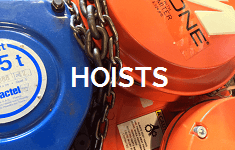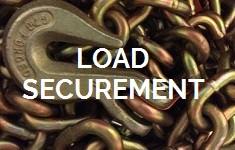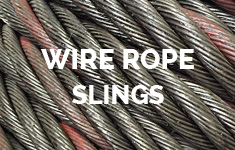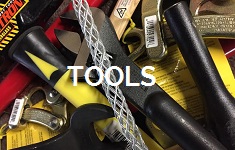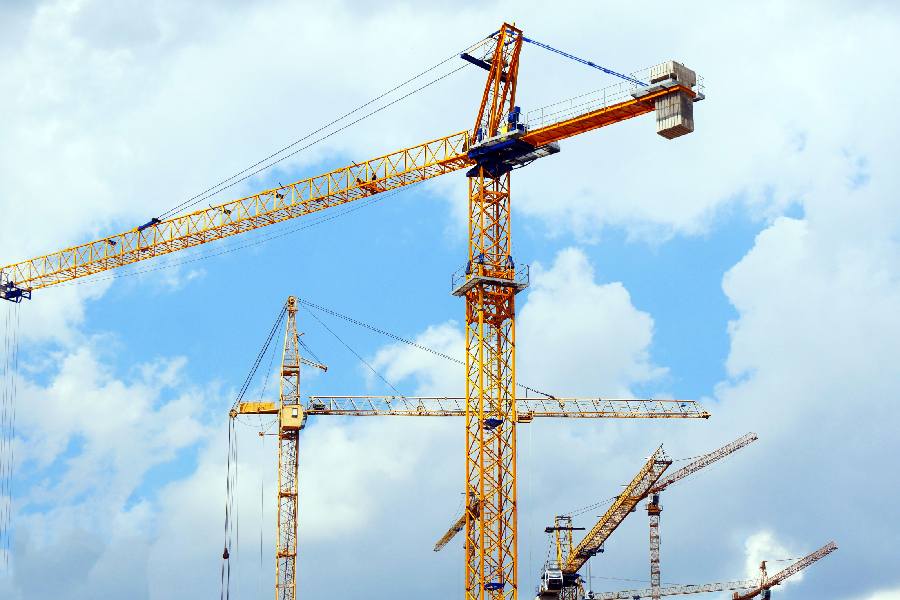A spreader bar is a device that assists with lifting heavy objects or loads. It is used adjacent to lifting machines such as cranes, and their role is to spread out the weight better to ensure a safe and effective carry.
The spreader bar for cranes works by redistributing the forces that influence the lifts, making for a more balanced load carrying. Spreader bars are positioned below the hook of the crane. They are attached to the hook with slings, cables, or chains which connect to several attachment points.
The crane can carry various loads with a spreader bar, with different dimensions and weights. The type of crane and the design of the spreader bar must be adequate for the object that needs lifting; otherwise, it can lead to malfunction or damage to the load.
Spreader Bar for Cranes
Cranes are lifting machines that play an integral role in many sectors. Their function is to lift and carry heavy loads. They’re used in many industries like construction, oil and gas, shipping, mining, manufacturing, etc.
A spreader bar works as an extension to the crane, providing a better redistribution of the weight, which helps to lift and carry the objects more easily. It is advantageous in carrying irregularly shaped objects as multiple attachment points provide better stability.
Having multiple attachment points helps transform the physics of the lifting action. It creates a compressive force to act on the spreader bar and a tensile force to influence the slings, ropes, or chains carrying it.
To ensure a safe and effective lift, the spreader bar’s design has to fit the nature of the task, i.e., the load’s weight, dimensions, and shape. A longer and thinner load, like pipes or steel beams, requires thinner bars with more attachment points for better balance. A wide and heavy load will require a wider spreader bar.
Types of Spreader Bars
There are different types of spreader bars, and the classification is down to their design, application, and purpose. They are all for below-the-hook use adjacent to a crane.
Fixed spreader bars
Fixed spreader bars’ dimensions aren’t changeable. It’s best to use them when there’s consistency with the load’s dimensions and weight. They are more stable and effective because they are often specifically designed to handle specific objects.
If there aren’t different types of loads as part of the lifting task, then using fixed spreader bars is the cheaper and better choice.
Adjustable spreader bars
As the name suggests, adjustable spreader bars allow for adaptation to various dimensions of the loads or objects. The adaptability of the spreader bars can be in length through a telescopic system or the number of attachment points.
They’re less stable than fixed spreader bars but necessary for lifting loads with varying dimensions. The telescopic adjustment system means the bar has an extension moving in and out of itself with a pin holding it in place.
Modular spreader bars
These spreader bars can be assembled in different configurations to fit different types of loads or objects. The advantage is that they are easy to transport, and in the case of malfunction, the parts are repaired or replaced in isolation which shortens the time the device spends out of order.
Assembly and disassembly of modular spreader bars can be done on-site, which is a very convenient feature. However, the lightweight nature of the material they’re made of limits the array of tasks they’re suitable for.
Basket spreader bars
They’re called basket-style spreader bars because they come with four or more attachment points, carrying the spreader bar like a basket. They are suitable for long and thin objects like pipes or steel beams.
Types of Cranes
There are different types of cranes to fit different types of tasks. This categorization is not to determine the lifting capacity but rather their type and function.
Mobile cranes
To put it simply, they are cranes that can be moved easily. They are usually adjacent to a vehicle like a truck, or they can be on rails or caterpillar tracks. They are mostly used in construction and various other industries.
Spreader bars on a mobile crane are usually made of lighter materials like aluminium, and ideally, they would be designed especially for this type of use. Mobility is a great feature for a crane, but in most cases, it limits the load’s size.
The crane is carried on top of the vehicle, and it extends in a telescopic way once it arrives at the right location. Once the task is fulfilled, it reverts back.
The capacity of the mobile crane depends largely on how much it has to extend to reach the load. The less it’s extended – the higher the capacity for lifting, and vice versa.
Crawler cranes
Crawler cranes are very prevalent because they offer stability and safety along with their mobility feature. They have crawler tracks, and their capacity ranges from 40 to 4000 long tons depending on their size.
In general, crawlers provide more stability while lifting than wheels. Spreader bars improve the stability and balance of the crawler cranes while carrying heavy loads or objects.
Floating cranes
These types of cranes are used in the construction of bridges and ports. They are sometimes used for pulling out sunken ships.
Rough terrain cranes
They are typically used for projects on uneven ground. They are wheeled, single-engine machines with a telescopic mechanism.
Fixed cranes
Fixed cranes are assembled on the spot, and they are not movable. They require a concrete foundation because of their enormous size. For the purpose of this article, we will primarily discuss tower cranes, but other fixed cranes include ring cranes, hammerhead cranes, level luffing cranes, gantry cranes, etc.
Tower cranes
Tower cranes are mostly used in the construction of large buildings or other objects to move materials and equipment from one place to another. Tower cranes are tall and have a deep concrete foundation for stability, usually built one month before the crane is installed.
Near the top of the mast is a horizontal object called “an arm” or “a jib,” which is controlled by the crane operator sitting in a cabin where the vertical and horizontal extensions of the crane connect. A trolley that is moved forward or backward connects to the jib, and the hook is connected to the trolley.
The hook moves up and down and attaches directly to the load or to a device that helps balance the weight, like a lifting beam or a spreader bar. The spreader bar is attached to the hook through chains or cables that connect to the spreader bar’s attachment points.
The assembly of a tower crane usually requires mobile cranes.
Spreader Bar Rental
In our company, we manufacture, sell, and rent lifting equipment of the highest quality, and we specialize in shackle rental, hoist, spreader bar rental, etc.
So, if you need a spreader bar rental service, feel free to reach us! Moreover, we can help you find out more about various solutions for the tasks ahead of you and how we can help complete them.
https://www.youtube.com/watch?v=bUUBHg7bpO4
Summary
Different types of cranes are designed to complete different tasks, but the main categorization is mobile and fixed. Mobile cranes move by crawlers, wheels, or on water. Fixed cranes are assembled on-site where the construction or other action is happening.
Fixed cranes are called tower cranes because they are tall, and their most common purpose is to make towers or buildings. The use of a spreader bar is prevalent for most types of cranes because it is a device that helps with having a well-distributed weight when performing the lifting.
There are various types of spreader bar for cranes, and choosing the right one depends on the object’s weight and dimensions. Fixed spreader bars are the strongest, but their dimensions cannot be altered; adjustable bars are adaptable to various dimensions but aren’t as strong and durable.





